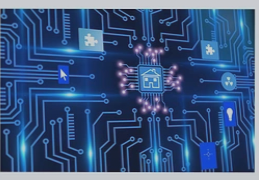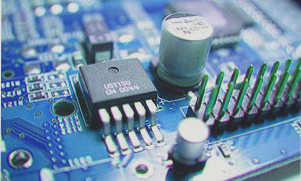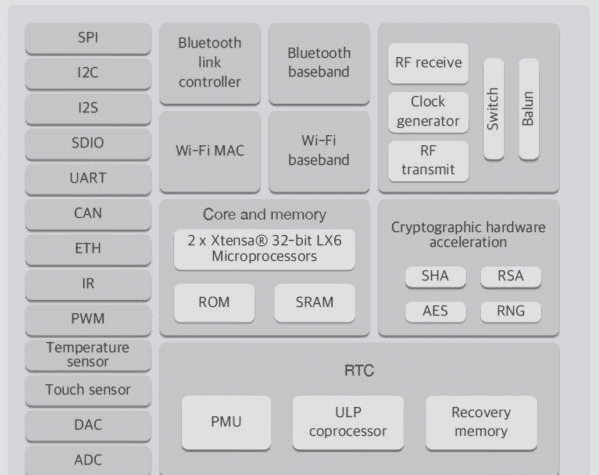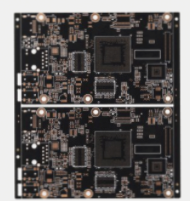Importance of Second Source (PCBA Replacement Parts) in PCB Assembly
Importing second sources for components in PCB assembly is crucial for addressing material shortages, reducing costs, improving negotiation leverage, and overcoming sourcing challenges. It also plays a vital role in enhancing product quality and achieving various other objectives.

Challenges Faced in Importing PCBA Replacement Parts
Importing PCBA replacement parts can be a demanding and underappreciated task within companies. The urgency and time-sensitivity of this work can lead to significant quality issues and losses if not handled meticulously. Unfortunately, the contributions of engineers in this area are often overlooked by senior management, who tend to prioritize cost reduction over quality.
Key Considerations in PCB Assembly
- Japanese manufacturers often have long lead times for critical components like ceramic capacitors and connectors, while switching to Taiwanese or mainland suppliers can reduce lead times and costs.
- Being the exclusive supplier for a component in commercial business may lead to price-setting capabilities, but competition from other suppliers can drive prices down.
- Substitute materials may need to be used for components with longer lifecycles, requiring careful consideration and verification to maintain product quality.
- The introduction of substitute materials should be done during the final trial production of a new product, ensuring minimal design changes.
- Verification of substitute materials should mirror that of primary components to avoid discrepancies, ideally conducted during the R&D stage.
- Auditing alternative material suppliers is critical to ensure product quality and technical capabilities, especially in areas like HDI PCB production.
By understanding the challenges and best practices in importing PCBA replacement parts, companies can optimize their PCB assembly processes and enhance overall product quality.
Challenges in PCB Manufacturing
During the development of a new product, PCB manufacturers often prepare substitute materials in case of unforeseen issues. However, predicting the exact production timeline of each component can be difficult. This sometimes leads to the introduction of substitute materials, especially if the PCB factory’s products are not yet finalized.
Latest Updates:
- Emerging trends in PCB design focus on miniaturization and increased functionality.
- Advancements in materials have led to the development of flexible and rigid-flex PCBs.
- Industry 4.0 technologies are being integrated into PCB manufacturing processes for enhanced efficiency.





 العربية
العربية 简体中文
简体中文 Nederlands
Nederlands English
English Français
Français Deutsch
Deutsch Italiano
Italiano 日本語
日本語 한국어
한국어 Português
Português Русский
Русский Español
Español ไทย
ไทย